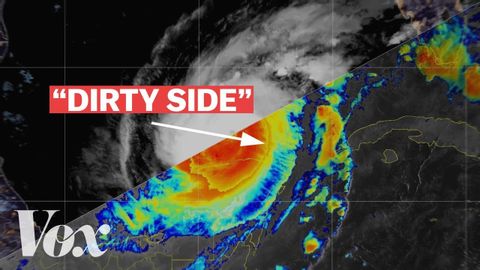ハリケーンの "ダーティーサイド "とは? (The "dirty side" of a hurricane, explained)
VoiceTube が 2024 年 10 月 21 日 に投稿  この条件に一致する単語はありません
この条件に一致する単語はありませんUS /pəˈtɛnʃəl/
・
UK /pəˈtenʃl/
- adj.可能性がある;潜在的な
- n. (u.)可能性
- n. (c./u.)可能性;潜在能力;候補者;ポテンシャル
US /əˈprəʊtʃ/
・
UK /ə'prəʊtʃ/
- v.t./i.近づく;話を持ちかける
- n. (c./u.)目的に近づく方法 : 道;交渉しようとして人に近づくこと;取り組み方 : 扱い方
US /sɪɡˈnɪfɪkənt/
・
UK /sɪgˈnɪfɪkənt/
US /ɪˈsɛnʃəl/
・
UK /ɪ'senʃl/
エネルギーを使用
すべての単語を解除
発音・解説・フィルター機能を解除
